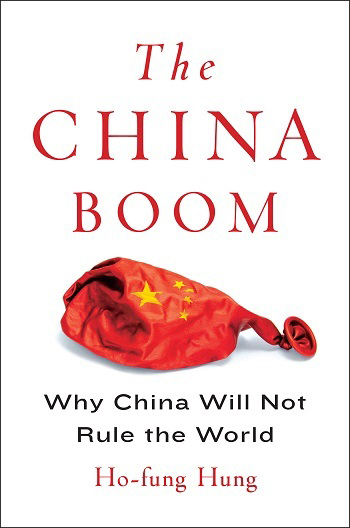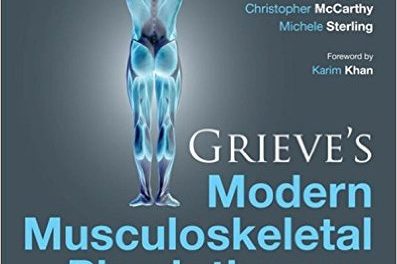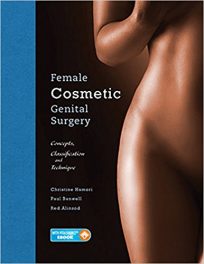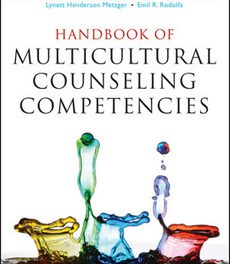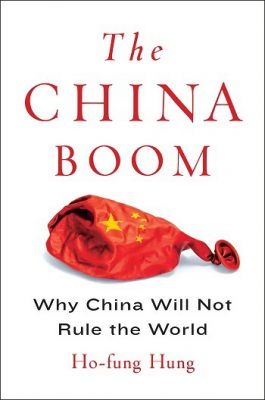 Author: Ho-fung Hung
Author: Ho-fung Hung
Publisher: Columbia University Press – 232 pages
Book Review by: Paiso Jamakar
The full title of this book is quite strange. No country in the world “rules” any other country today, and highly doubtful if that will ever come to be, now or anytime in the future, speaking in purely non-political, economic terms. Those decades and centuries of imperialism – capturing foreign lands, subjugating people, taking their wealth, or “ruling” them – are long gone.
Even in an economic sense, no nation can any longer “rule” another nation. However, nations can and do compete for faster growth. In that respect, China has no doubt been winning, as shown below. China also holds nearly a fifth of the world’s people: 1.376 billion in a world population of 7.4 billion as of June 2016, according to the U.N. Department of Economic and Social Affairs. So China’s economic health directly affects the world’s economic well-being.
Many of us have read about the ‘China miracle’ and its rapid growth in manufacturing and industrialization. According to data from the International Monetary Fund, the cumulative Gross Domestic Product (GDP) growth rate of China from 1990 to 1998 was about 150 percent, and from 1990 until 2006, it was a whopping 330 percent. Comparatively the GDP of the United States grew only about 30 percent and 60 percent respectively, in those two spans of time.
In 2015, China’s GDP growth rate was 6.9 percent, whereas the United States economy grew by 2.6 percent. India’s GDP rate was faster than China’s at 7.9 percent. Surprisingly, a lot of much smaller economies had much higher rates of growth, topped by Papua New Guinea whose growth rate was a superfast 16 percent, followed by Macau (part of China) at 11.9 percent. China as a matter of fact was only No.19 in growth in 2015. India was in No.11 position.
The United States was quite low on the list at No.114 among 224 countries. But it has been widely documented and known that large economies generally grow at slower rates.
In this book, the author Ho-fung Hung contends: “much like other developing nations, the Chinese state finds itself in a status quo characterized by free trade and American domination.” He discusses the ‘competing interests’ and ‘economic realities’ that have, over a period time, and still “temper the dream of Chinese supremacy – forces that are stymieing growth throughout the global South.”
One of the chief values of this unique book is that it provides a detailed historical perspective of China’s economy from as far back as 1650 up to the current era. This perspective has three periods as outlined below. He then looks at the present, and predicts a crisis-ridden future. An overview of the chapters is provided below:
Introduction: Sinomania and Capitalism
- Part I – Origins
- A Market Without Capitalism, 1650-1850
- Primitive Accumulation, 1850-1980
- The Capitalist Boom, 1980-2008
- Part II – Global Effects, Coming Demise
- Rise of the Rest
- A Post-American World
- Global Crisis
Conclusion: Aster the Boom
He discusses four misconceptions about China. They are:
- China could undermine orthodoxy by offering an alternative model of growth
- China is radically altering power relations between the East and the West
- China is capable of diminishing the global power of the United States
- China’s economy would restore the world’s wealth after the 2008 financial crisis
Hung does not think any of the above will happen. He writes that the existing orthodox order dominated by the elites, will remain, and they will continue to protect their interests, resisting change. They will keep the dollar standard and continue with “their addiction to U.S. Treasury bonds.”
As written on the inside flap of this book (possibly paraphrasing Hung): “China remains bound to the terms of its own prosperity, and its economic practices of exploiting debt bubbles are destined to fail. Hung ultimately warns of a post-miracle China that will grow increasingly assertive in attitude while remaining constrained in capability.”
Hung concludes that market reform is necessary in China to reduce its dependence on exports for GDP growth. He writes: “Any readjustment of the structure of capitalist development in China will have to involve an increase in domestic consumption’s share in GDP and a corresponding reduction in export and investment’s share.”
Author:
Ho-fung Hung is an associate professor of sociology at Johns Hopkins University and researches the development of capitalism, state formation, and protests in China and the world. He is the author of the award-winning book Protest with Chinese Characteristics: Demonstrations, Riots, and Petitions in the Mid-Qing Dynasty.

